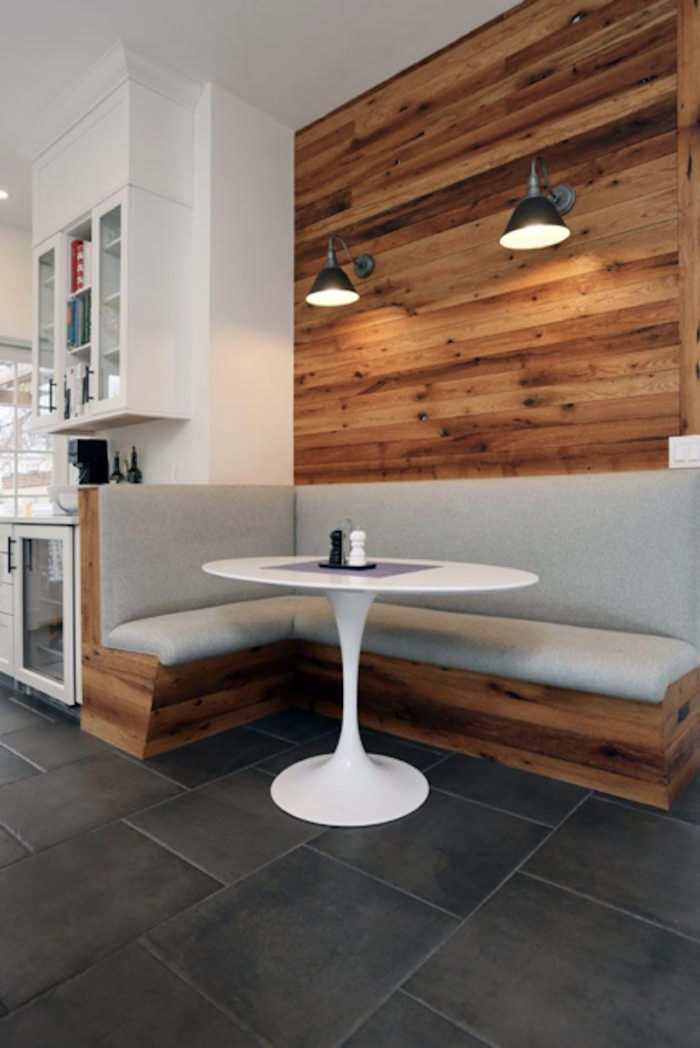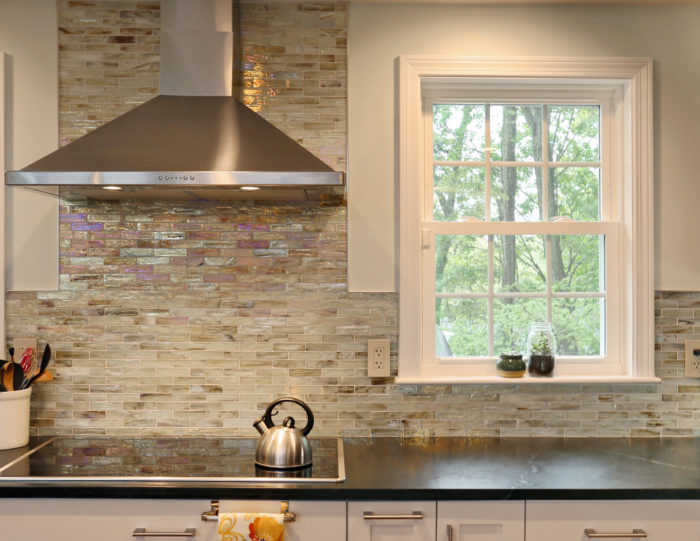7 Modern Kitchen Design Ideas You’ll Still Love in 10 Years


In any remodeling project you undertake, you’ll need to make hundreds of stylistic decisions, some minor and others major. Making these decisions for high-use areas like the kitchen can feel particularly daunting, not only because the area is visually central in your home but also because these areas tend to be the focus for high-impact design trends. So if you fall in love with a new trend in your kitchen, should you go for it or opt for a more conservative style? Today we’ll talk about how to incorporate trends safely.
A Guiding Principle for Your Design Choices
As a general rule of thumb, keep in mind that the more idiosyncratic a design choice is, the more out of style it will be in ten years. The bolder the trend, the more obviously dated it will be. It’s important to remember here that your own enjoyment of your home is just as much of a consideration as an external appraisal. In other words, if you fall in love with something big, bold, and edgy like a dynamic red countertop, keep in mind that you’re not just risking losing home appeal with guests and visitors, but you yourself may also tire of it over time since it’s such a statement piece. This doesn’t mean you can’t incorporate daring design elements at all, but it does mean that you should be careful with where you place them and how much space you give them.
1. Balance Lines
One of the best ways to design a modern kitchen you’ll still like in ten years is to consider lines. Modern design tends to be extremely minimalistic, which means that lines are straight, long, and clean. If you want your kitchen to feel modern but still relevant down the road, consider mixing this modern style with a few classic elements like an occasional soft line, even on an accent like a barstool, or a shaker style cabinet rather than a sheer face. Adding just a few classic elements to an otherwise modern design will keep your kitchen feeling fresh and balanced.

2. Balance Color
Balancing color is just as important as balancing lines. One current kitchen trend is to select very dark materials for full kitchen cabinets and countertops, which is perhaps a reaction to the all-white or all-neutral kitchen designs that were also recently in favor. While all of these styles hold definite appeal, they may feel dated after a few years when multiple homes adopt this style. If you love the idea of an all-dark kitchen (or an all-white kitchen), try to balance colors and add warmth by installing warm-toned floors as a foundation.
3. Cabinets: Keep Functionality Central
Modern design gives us refreshingly minimalistic design choices that create an ambiance of peace, but it’s important to know when to not take each modern trend too far. For example, open shelving has become highly popular in modern kitchen renovations, but some homeowners find this trend impractical since open shelves often require dusting and are therefore harder to keep clean. For a timeliness modern kitchen, try minimal shaker or slab cabinets that will be highly functional and still look chic years later.
If you’re still in love with the idea of open shelving, consider adding only one or two open shelves as decorative elements rather than making all of your upper cabinets open. This will allow your kitchen to feel modern while still keeping function central.
The same principle applies to the modern trend to eliminate upper kitchen cabinetry/shelving entirely. There’s a definite visual appeal, but it comes at the cost of functionality.

4. Choose Patterned Tile with Care
Another modern kitchen design trend is to introduce patterned kitchen tile in large areas like the kitchen floor or backsplash. While this trend adds dynamism and interest, the fact that it is quite bold also means it has a higher risk of feeling dated sooner. To avoid this, consider choosing a monochromatic color palette for the tile design or else using patterned tile in smaller and more contained spaces like a butler’s pantry or as a border. As a general rule of thumb, consider that smaller spaces work better for ornamentation than large spaces.

5. Keep Lighting Sources Minimal
One modern design trend that will likely wear well is keeping kitchens well-lit but lighting sources minimal. Recessed can lighting, under-counter and in-cabinet lighting, and workstation spotlighting are all great choices. In general, the bigger the fixture, the greater the chance it may look dated (unless it is classic), and the more expensive it will be to replace.
6. Consider Countertops Alongside Other Elements
With countertops, almost any classic choice you make will be safe, whether it’s marble, granite, quartz, butcher block, or another well-established material. Keep in mind, however, the principle of balancing color: as you select your countertop, make sure that it harmonizes well with your cabinets, floors, and kitchen backsplash and that it doesn’t lean too heavily toward an all-dark or all-white kitchen.
7. Leave Room for Your Story
Because modern design is extremely minimalistic, modern kitchens can also tend to look very uniform. One easy way to keep your style relevant and interesting is to work in ways to showcase your personal story through objects that are important to you, whether it’s as small as a family painting or as large as an antique buffet cabinet. Opting for a modern and minimalistic style can actually be the perfect backdrop for these interesting pieces, and it’s an easy way to make your home feel unique and balanced.
Closing Thoughts
At the end of the day, remember that all of these principles are just that: principles. If you evaluate a certain trend and decide it’s very important to you to display it in a central area, just go with what you love. Keep in mind that you will see your kitchen more than anyone, so you need to be truly sold on a dynamic idea to do it. But do due diligence first by considering whether you can celebrate trends you love by incorporating them into appropriate spaces. And when you’re ready to talk design, don’t hesitate to contact our team!

